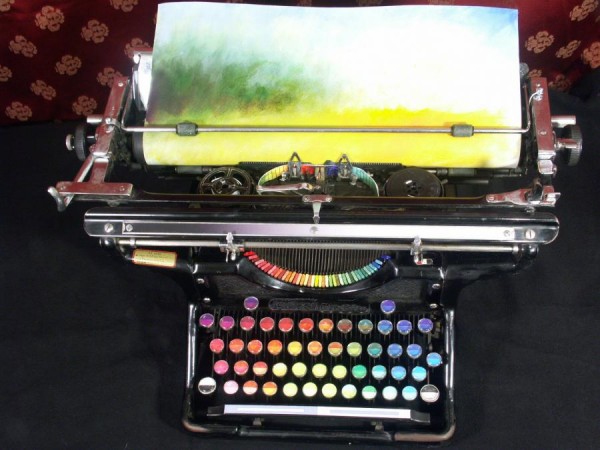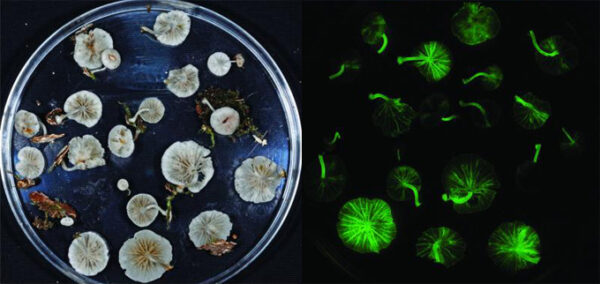I can’t believe I missed these at Halloween. Street artist Diabetik was placing these traffic cones on streets around the DC area.
Here is a great example of something that walks the line between joy and joke, and I think comes out on the side of joy. This is something design wrestles with a lot. A joke is something whose pleasure declines over time, usually sharply. I’m thinking of all those cutensils, the little kitchen cartoons that hang from your faucet or the side of your teacup and were amusing the first time you saw them and now are just kind of annoying. They’re one-liners, and once you’ve gotten the punchline, they become ponderous.
Joy, on the other hand, is something you feel over and over again. It doesn’t get old — often it gets better with time. Joy is carried by aesthetics; it stimulates the senses, not just the funny bone. So even if there is a punchline, as in this case when you make the connection between cone and candy, or the wordplay on cone and corn, there’s a deeper level of sensory pleasure that comes from the aesthetics. If these cones were painted red, orange and turquoise, the joke wouldn’t be there, but you’d still feel a sense of delight at the unexpected hit of color and stripes.
Jokes and joy often come together, and because of this many designers confuse the two. Many designers see humor as a route to joy, but they don’t realize that to embody a joke in material without a reinforcing aesthetic experience is irresponsible. A joke that falls flat on stage harms no one. But a joke injection-molded in plastic, manufactured by underpaid workers in poor conditions, shipped to people all over the world, and discarded the next week or month or year is flat-out criminal. If you want to design jokes, go ahead — but don’t mass-produce them. Make a prototype or a computer model and send it around the web. Show it on YouTube and share it via Twitter. But if you want to design things for people, then make them joyful, or contenting, or stimulating, or awe-inspiring. Make things whose aesthetic properties support the emotional quality you want to evoke, through color, texture, form, density, sound, smell, movement. Before you expend precious matter and energy in the expression of an idea, ask yourself, will it still tickle you ten years from now?
If not, spare a thought about the costs of making it. And think about ways you might design it to be more emotionally durable. Aesthetics of joy is often just about the simple pleasure of these wonderful, renewable experiences. On the blog I like to highlight beautiful, joyful things and talk about why they are so. But at the heart of it all is the idea that through more conscious attention to aesthetics we can move away from one-liners towards these more lasting experiences, away from emotional disposability towards emotional sustainability.







Discussion (1 Comment)
Spoken from the heart, and could;nt be said any better. .
I’ve always used the central thought of “Brand is an expression of design”
Now I;m going to start my thinking from “Brand is an expression of EMOTION”
Thanks for making my day.
Dali
Mumbai, India